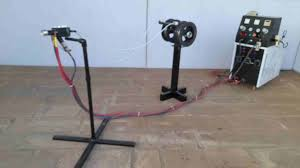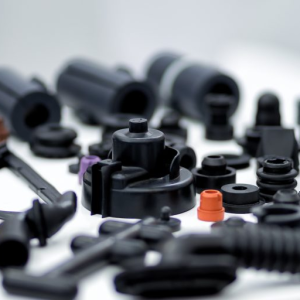
An introduction to thermal spraying.
Thermal spraying is the method of applying a coating to a substrate or surface by either electrically heated plasma or an arc. The surfaces to which this can be applied are as varied as the choice of coatings that can be applied. The materials will typically come in powder or wire form. It has many applications either as part of a repairing and upgrading process or when applied to new materials.
Depending on the coating chosen, the surface can be given protection from such things as water intrusion, wear, corrosion, and chemical degradation, in addition to applying such surfaces as non-stick, anti-friction, etc. The hot coating will be applied to the surface, where it rapidly cools, meaning even flammable surfaces can be treated in this way. Once cooled, it gives excellent adherence and coverage to a well-prepared surface.
Applications.
Thermal plasma spray has proved beneficial across a wide range of industries, including aerospace, automotive, medical, culinary, and shipping. Think of anything from the non-stick cookware in the kitchen to the thermal lining in an aircraft engine. With a wide range of coatings available and composites of different coatings possible, the applications for thermal plasma spray are growing year by year.
For a more detailed look at the coatings available and their use, see here www.poeton.co.uk/advanced-treatments/apticote-800-thermal-plasma-spray/. Used in a regulated, controlled environment thermal plasma spray is a cost-effective way to treat products or components, for guidelines on use, see
The processes.
There are five main types of thermal spraying, HVOF (High-Velocity Oxy-Fuel Spraying) spraying uses a torch to apply the coating, and in this way, a very thin layer can be applied. Combustion spraying uses an oxygen and fuel mixture. Plasma spraying is similar to combustion flame spraying but uses a plasma torch for heating and spraying the coating. Two-wire arc electrical spraying heats the material at the point the electrical arcs meet and uses compressed air for spraying. Finally, vacuum plasma spraying uses lower temperatures than the other methods and a number of gas combinations to produce a fine finish in a vacuum controlled environment.




Average Rating